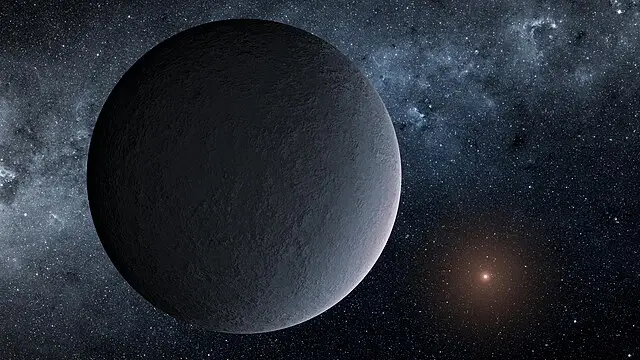Indian-born scientist leads breakthrough, signs of life detected on distant exoplanet K2-18b

A Breakthrough from 120 Light-Years Away
Scientists have detected potential signs of life on K2-18b, an exoplanet over 120 light-years away in the Leo constellation. This discovery could change our understanding of life beyond Earth.
The study, led by Dr. Nikku Madhusudhan, an astrophysicist at the University of Cambridge, marks a key milestone in exoplanet research.
Webb Telescope Unlocks New Possibilities
NASA’s James Webb Space Telescope (JWST) helped identify methane and carbon dioxide in K2-18b’s atmosphere. These carbon molecules are crucial for assessing habitability.
JWST’s advanced infrared capabilities enabled scientists to detect these molecules precisely. This suggests that K2-18b could be a Hycean world, a planet with a hydrogen-rich atmosphere and possibly an ocean beneath its surface.
Why K2-18b Stands Out
K2-18b is a sub-Neptune—larger than Earth but smaller than Neptune. It orbits in the habitable zone of its star, where conditions could support liquid water.
The discovery of carbon-based molecules raises the possibility of biological processes on the planet. While scientists need more data, this finding brings us closer to understanding the potential for life.
Dr. Madhusudhan’s Vision and Leadership
Dr. Madhusudhan has been studying exoplanet atmospheres for years. His team’s latest work brings humanity one step closer to finding life beyond our solar system.
“This discovery strengthens our mission to detect life on other planets,” Dr. Madhusudhan said.
His leadership also highlights the importance of Indian-origin scientists in space exploration.
A Hint of Life? The DMS Mystery
The team might have detected dimethyl sulfide (DMS)—a molecule produced by living organisms on Earth, especially by oceanic phytoplankton.
If confirmed, DMS could become the first biosignature ever detected on an exoplanet. Scientists are eager to continue their work to confirm this exciting possibility.
What Comes Next for K2-18b?
The team plans further observations using JWST to confirm the DMS signal. They also aim to study whether K2-18b contains a liquid water ocean beneath its atmosphere, a key factor for potential life.
A New Roadmap in the Hunt for Alien Life
This discovery shifts the search for life beyond Earth. Researchers now consider Hycean worlds—planets with hydrogen-rich atmospheres and possible oceans—as promising candidates for habitability.
K2-18b may only be the beginning. Thousands of similar planets exist, and this success opens up new avenues for exploration.
Final Thoughts: One Step Closer
The question “Are we alone in the universe?” remains unanswered. But this discovery brings us closer to finding an answer.
With carbon molecules and the possible presence of biosignatures, K2-18b is now a prime target in the search for extraterrestrial life. Dr. Madhusudhan’s team and the James Webb Space Telescope are leading the way.






